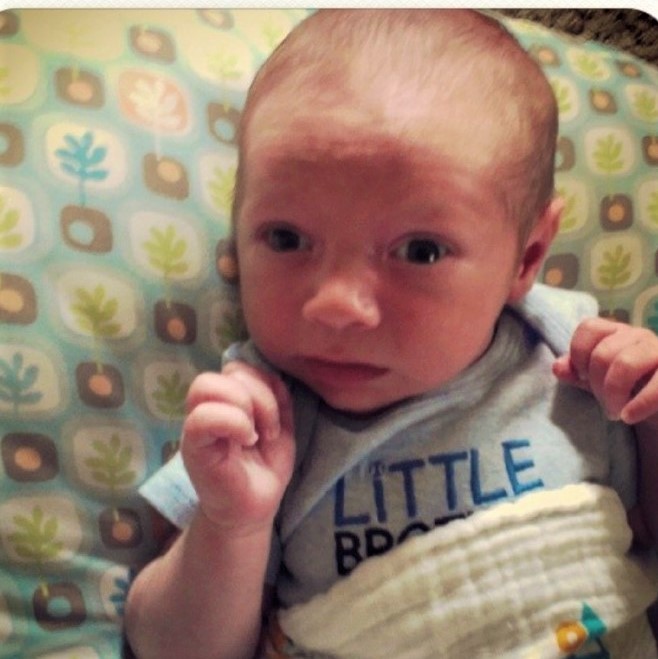
Infant hearing loss affects approximately 2-3 out of 1,000 live births (NIDCD).
Causes of Infant Hearing Loss
Childhood hearing loss can be divided into 3 categories:
Conductive Hearing Loss – occurs when sound is not conducted through the outer or middle ear properly. It can often be treated medically. Examples include: wax buildup, ear infection or perforation of the eardrum. Some conductive hearing loss is more permanent and may include facial anomalies such as absence or malformation of the middle or outer ear.
Sensorineural Hearing Loss – occurs when there is damage to the inner ear or the auditory nerve. It is typically a permanent hearing loss. Causes of sensorineural hearing loss in children include genetic factors (thought to cause more than 50 percent of all permanent hearing losses at birth), intrauterine infections such as rubella and CMV, prematurity, lack of oxygen, and toxemia during pregnancy.
Mixed Hearing Loss – a combination of conductive and sensorineural hearing loss. In addition to children who are born with a hearing loss, an additional 1-2 per 1,000 children will acquire hearing loss as a child. Causes include diseases such as meningitis, measles, encephalitis, chicken pox, or unmanaged ear infections. Permanent hearing loss can also be caused by exposure to ototoxic drugs, excessive noise, or injury to the head.
Intervention
The goal for every child with hearing loss is to prevent or minimize potential delays in development. Children with a diagnosis of hearing loss can develop speech and language commensurate with their normal hearing peers with the proper intervention and treatment.
Depending on the degree of hearing loss, different technologies such as hearing aids, cochlear implants and FM systems may be recommended. In addition to technologies, professionals with expertise in hearing loss such as otolaryngologists, audiologists, early-intervention providers, speech-language pathologists, educators, and Teachers of the Deaf should be involved with a child who is identified with permanent hearing loss. These professionals will work with the child to encourage speech and language development and will help families make informed decisions about the many communication options available to their child.
Source
Bridgid M. Whitford Au.D, CCC-A for the Cleveland Hearing & Speech Center

